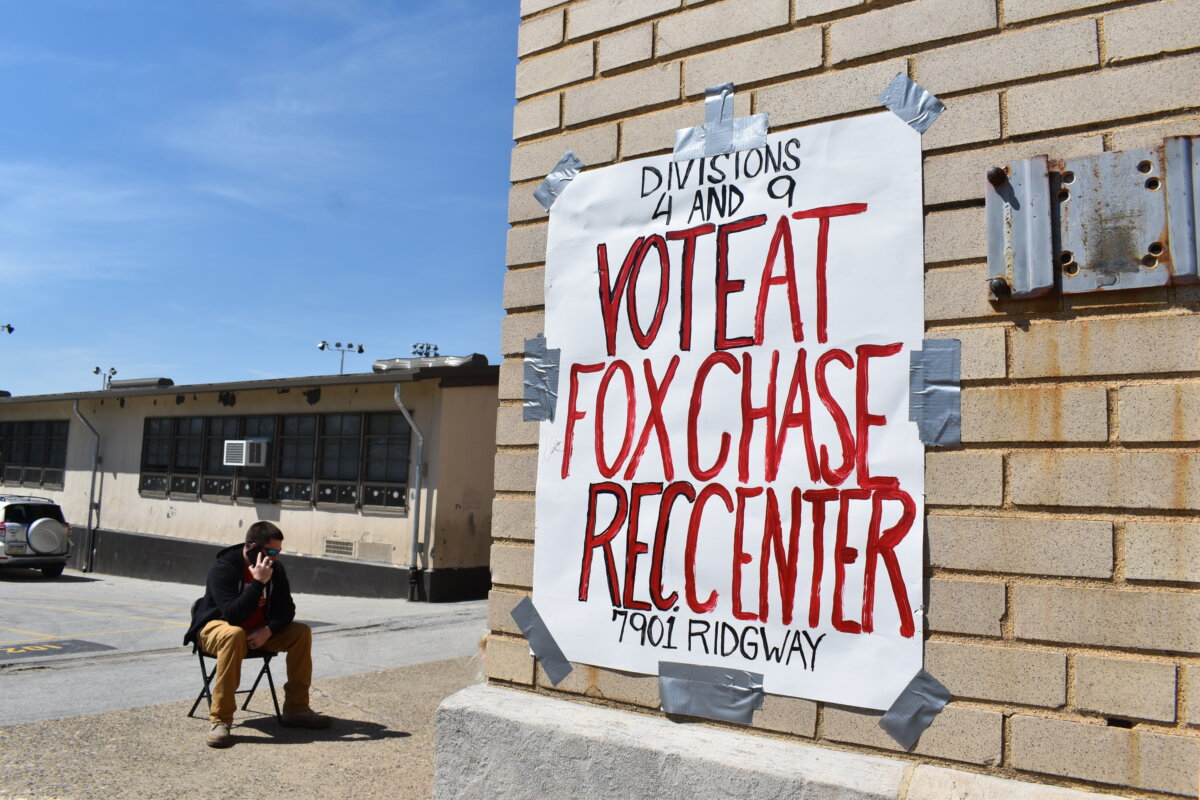Identifying dangerous trees
We all watched the trees take a brutal beating during Hurricane Sandy — so if you’re like us, you’re a little freaked out about wounded branches toppling down. “It’s natural that storms bring concerns regarding trees to the front of our mind,” says Phil Snyder, northeast operations manager of The Davey Tree Company. “But the last thing we want to do is to create fear around trees.” The best away to avoid any damage is to have regular maintenance and checkups of trees on your property, and become comfortable identifying a dangerous tree.
Here are warning signs to look out for:
1. Open cavities Look for these in the main trunk that go from the ground up to where the tree begins to branch. Check for pockets of decays and holes.
2. Deadwood
These are limbs that have died and can fall at any time.
3. Weak branch union
This is when two major branches grow too closely together. When they are so narrow, there is bark growing between them and that weakens that joint making them more susceptible to split apart.
4. Excessive lean
When we have storms, trees with an excessive lean can become more likely to fall.
Watch out for “storm-chaser” contractor fraud
HomeAdvisor, a website that connects homeowners with prescreened and customer-rated contractors, gives us tips to finding a reliable service person in the aftermath of Sandy.
Avoid “travelers” that go door-to-door soliciting work they never plan to provide.
A reputable contractor will never ask for cash and will never require that the entire job be paid up-front.
Before agreeing to any costly repairs, seek other opinions.
HomeAdvisor’s four questions to ask a contractor
How long have you been in business?
Can you provide a list of references?
Do you belong to any professional associations?
Are you licensed and registered with the state?
Be aware when these micro events happen
There are risks when the weather is bad. Even the safest trees in the world become hazardous when the soil becomes fully saturated during a storm, warns Snyder. “It’s not a time to be taking a stroll in the park.”
















